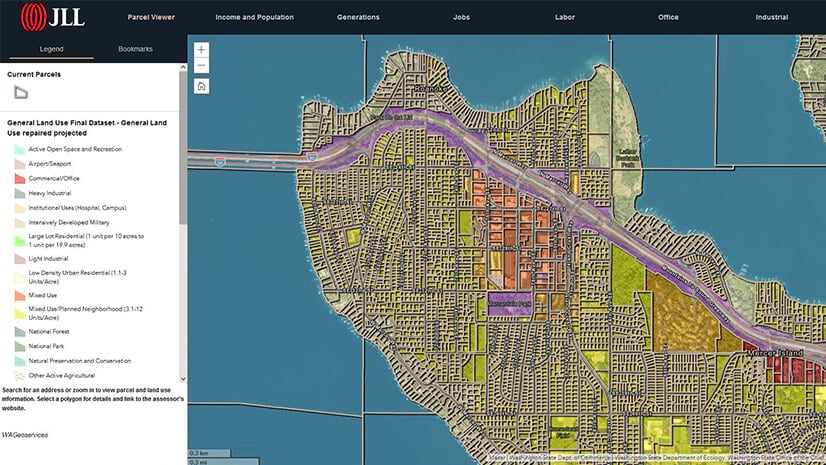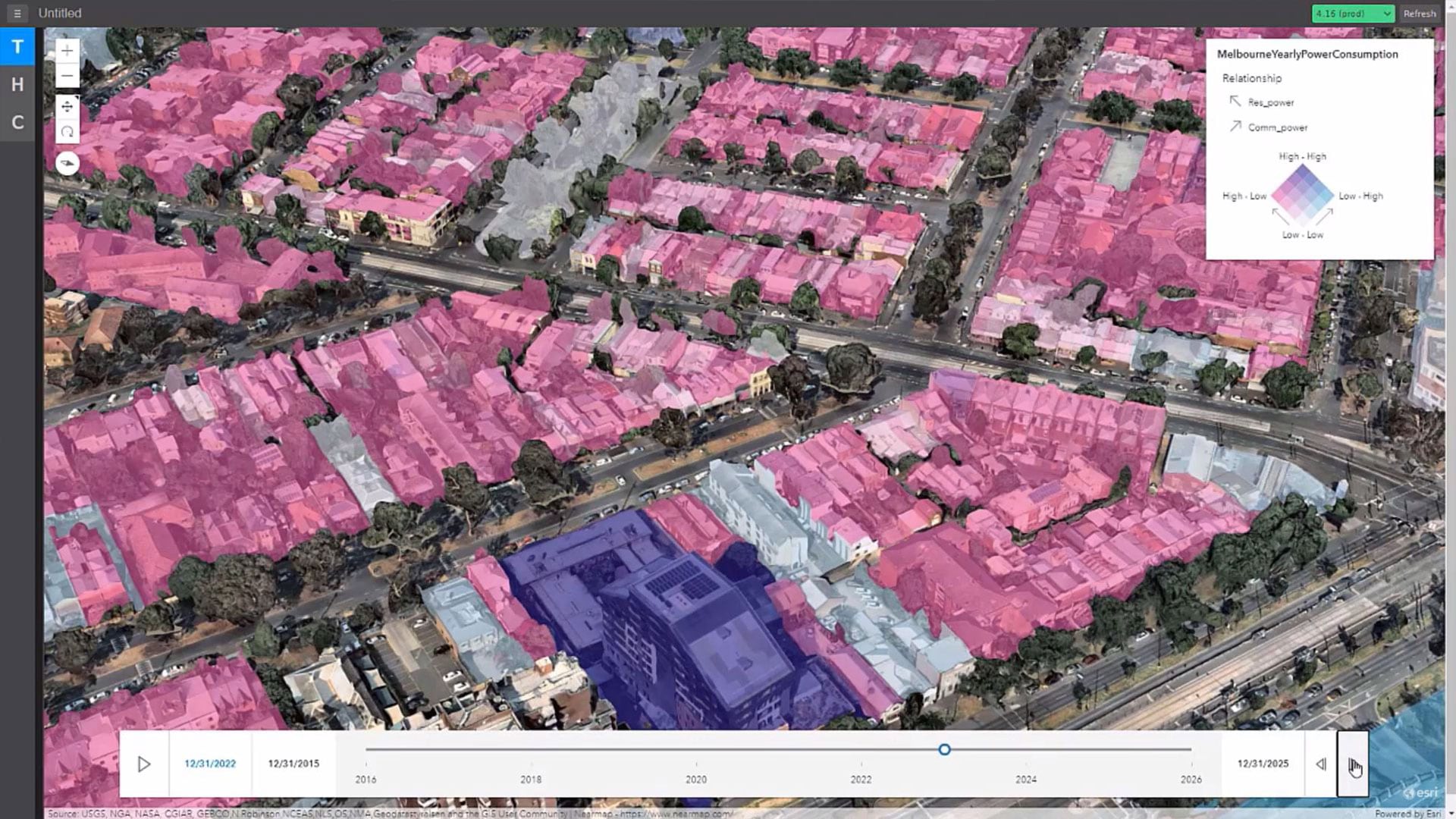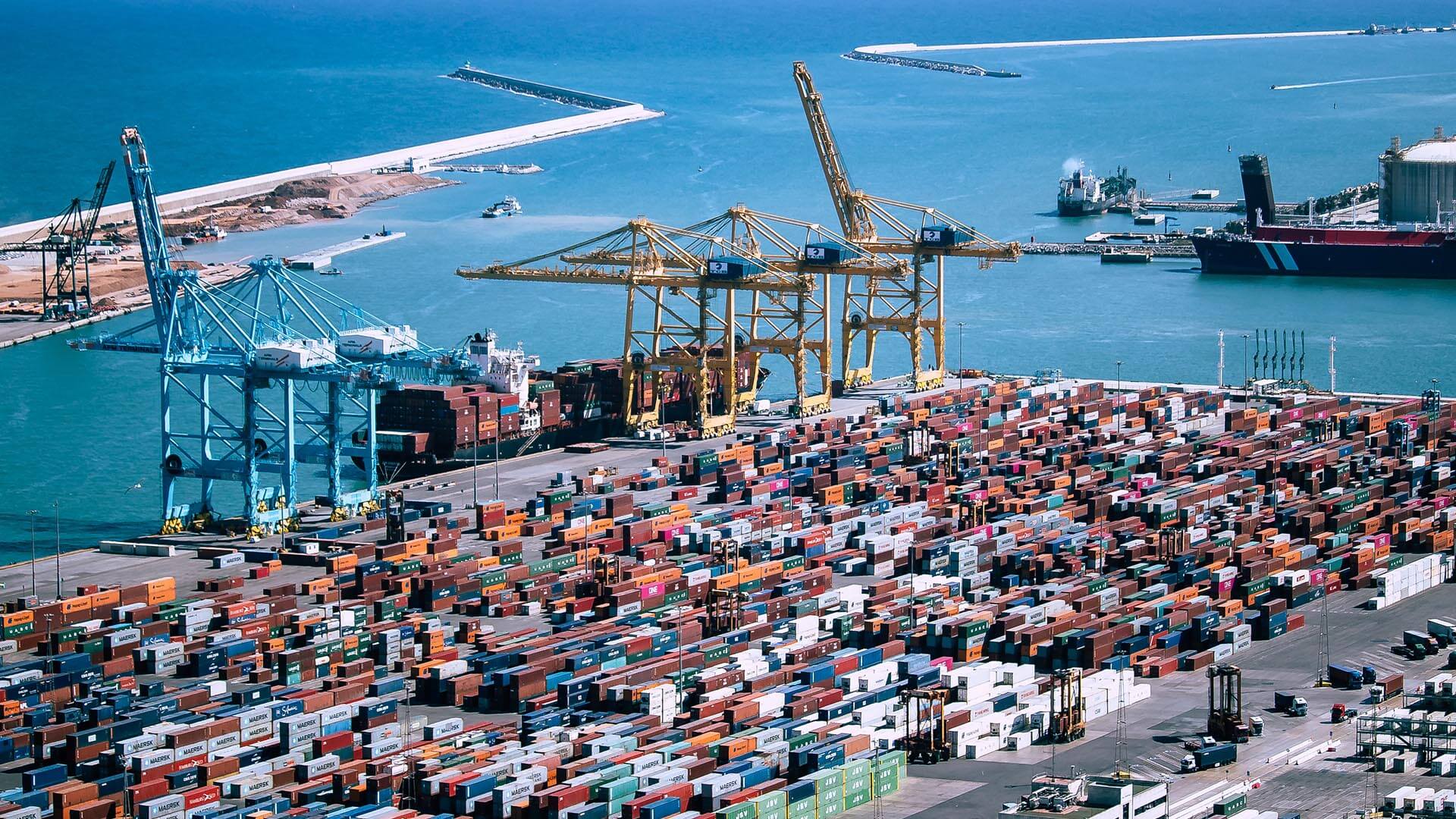Consumer patience for greenwashing—the practice of touting bogus environmental credentials—is running thin.
According to Euromonitor International’s 2024 consumer trends report, consumers are tired of taking positive environmental action in their daily lives while corporations claim to do the same—without evidence to prove it. Governments, too, are taking a dim view of greenwashing, with regulators around the world drafting rules to force companies to prove sustainable practices.
As these pressures grow, first movers are leveraging location intelligence to provide transparent and verifiable evidence of sustainable practices.

In 2022, Boston Consulting Group reported that approximately 70 percent of global consumers were disillusioned with corporate claims of sustainability.
Transparency Counters Greenwashing
Transparency begins with a thorough inventory of a company’s value chain. Often, that means tracing each supplier and subsupplier, following the connections upstream to determine who’s who, where—and in what conditions—they operate, and how they’re connected.
A global apparel company, for example, might map the garment factories that supply its sweatshirts and jogging pants, then the dye factories and zipper suppliers those factories work with, all the way up to the farms that produce the cotton and the mines that extract the aluminum for zippers.
Identifying each supplier on an interactive map reveals exactly where products and their components originate. With a modern geographic information system (GIS), companies can add data to each supplier, including energy usage and carbon emission estimates, the amount of water used in production, local biodiversity scores, and third-party data on labor conditions in the area.
Interactive maps thwart greenwashing by demonstrating a company’s work—a virtual scorecard of its sustainability commitment. With that information, consumers can decide whether to support the company with their purchases.
Some companies create deeper transparency and identify areas of improvement by incorporating additional data into GIS smart maps, creating a digital twin of the value chain.
As noted in the WhereNext article “The Business Executive’s Blueprint for Sustainability”:
By modeling facilities or supply chains into a digital twin—complete with data from IoT sensors and satellite or drone imagery—executives gain a comprehensive view of business activity across land and sea. From this vantage point, they can analyze supply chain impacts, create more efficient routing, and ensure long-term responsible use of resources.
Regulators Inspire Transparency
The GIS techniques helping companies address consumer distaste for greenwashing may soon help them prove compliance to regulators as well.
Beginning in 2024, the EU will require certain large companies to report their impact on social and environmental conditions through data on pollution, biodiversity, labor practices, and supplier payment practices. The new rules, part of the EU’s Corporate Sustainability Reporting Directive, include mandatory third-party verification of a company’s assertions.
Likewise, California is developing rules that could require thousands of public and private companies to report greenhouse gas emissions and climate-related financial risks.
With greenwashing in the crosshairs, greater transparency—visualized on smart maps—provides the proof both consumers and regulators are demanding.
The Esri Brief
Trending insights from WhereNext and other leading publicationsTrending articles

December 5, 2024 |

July 25, 2023 |

November 12, 2018 |

April 1, 2025 |

April 29, 2025 |

February 1, 2022 |





